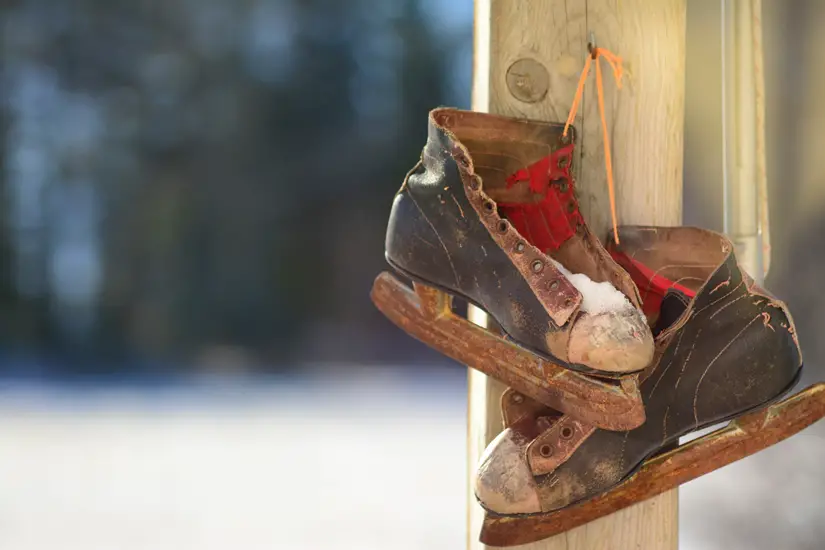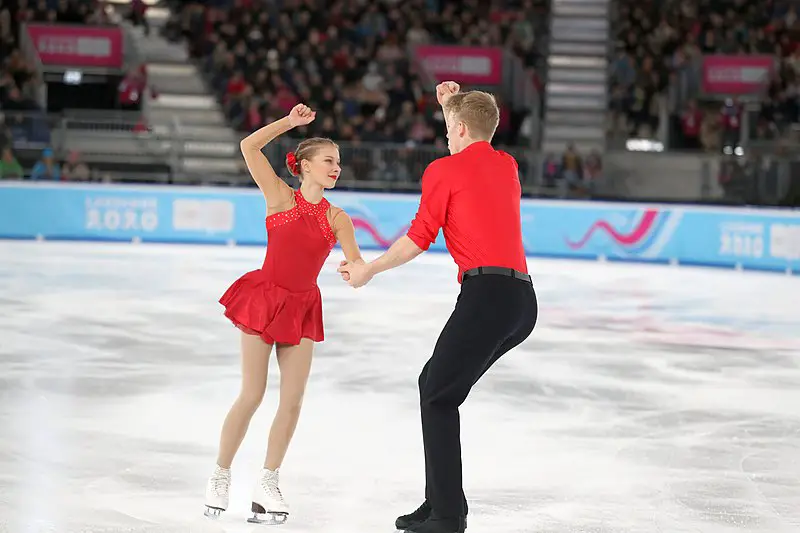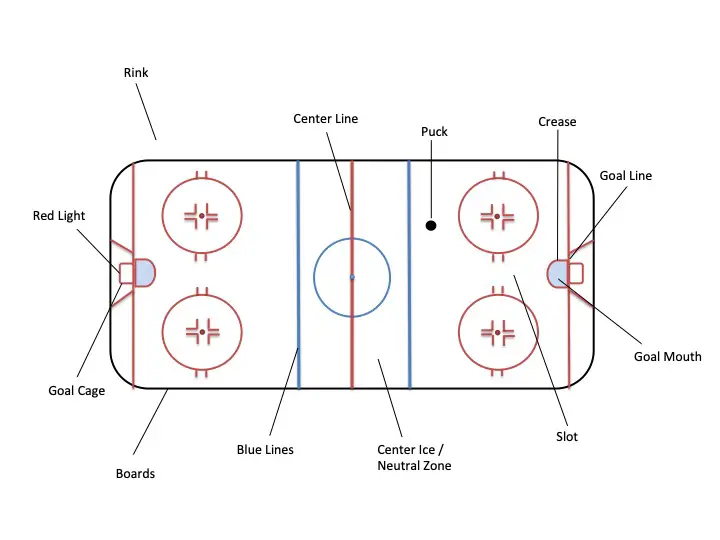The months leading up to the start of the hockey season can be stressful for families who are deciding whether their child will play travel league or house league hockey. Since travel hockey can be more demanding on the player and on the parents when cost and time is considered, the decision must be made as a family. There are many aspects to consider before coming to any conclusion. The list below can act as a helpful guide through the decision-making process:
- Player’s desire to play and passion for the game
- Financial cost
- Amount of travel required
- Playing environment
Player’s desire and passion for the game
The young player in your family must express a strong desire and passion to play hockey at a competitive level before even considering travel hockey. In many cases, a player might love the game, but might just enjoy playing for fun, on a recreational team. The important thing is to never pressure your child into playing travel hockey. Just because a parent enjoyed playing a more competitive level of hockey, does not mean that the child will want to follow in those footsteps. Players will need to commit a lot of time, and mental and physical energy to the team, which might require sacrificing other hobbies and sports. With long hours of practice, showing up early before games, and additional training, playing travel hockey is a full commitment.
Financial cost
In comparison to other sports, hockey can already be more expensive. Whether playing house league or travel hockey, players are required to purchase skates, sticks, pads and team uniforms. However, travel teams can come with even more costs. Registration costs will be higher for travel leagues since the team will have more ice time for practice and training, and there will be costs associated with distance games. Other costs can include tryout fees and matching team gear, such as bags, helmets and training uniforms. Before signing up for tryouts, be sure to confirm with the team about any additional costs beyond playing fees.
Amount of time and travel required
When a player joins a travel team, he or she commits to attending practices, training and games. Ice time is much more frequent than house league hockey, so parents are expected to make sure that their child attends each team event. This also will include traveling to away games and tournaments. Committing the time involved in the team can also be difficult if your family is juggling other schedules of siblings in different sports and activities. Still, in some cases, house league hockey can also require some travel to neighboring communities when there are not enough teams in the local area.
Playing environment
There are pros and cons to the playing environments of both travel league hockey and house league hockey. It is important to determine which environment your player and family wants to be involved in.
Travel hockey is a higher level of competition. It is more physically demanding and tougher mentally for the youth players to earn a spot on the ice. However, the teams often have more qualified coaches that offer better training and skill development. Travel hockey requires tryouts to play on the team (17 players total; 3 forward lines, 6 defensemen, 2 goalies), so the players risk being cut and the disappointment that can follow. The coaches of a travel team can also limit play time depending on the player’s performance, so the players need to work hard to earn that time.
In contrast, if you are looking for a fun, recreational experience without added pressure on the player, house league is the better option. House league welcomes all players and offers equal playing time to each team member. House league hockey offers a community that allows the player to learn the skills of hockey as well as the positive characteristics of being a part of a team. House league is also a great environment to develop skills and practice for travel tryouts for the following season if your child does not make the team he or she hoped for.
Travel Hockey or House League
Each of these factors should be considered before making a decision to play travel hockey or house league. As a recap, here are four questions that can help your family find the league that is best:
- What is your child’s level of desire to play and passion about hockey?
- Can your family afford the additional costs?
- Can your family commit time and miles to travel?
- What environment and learning experience do you want for your child?



